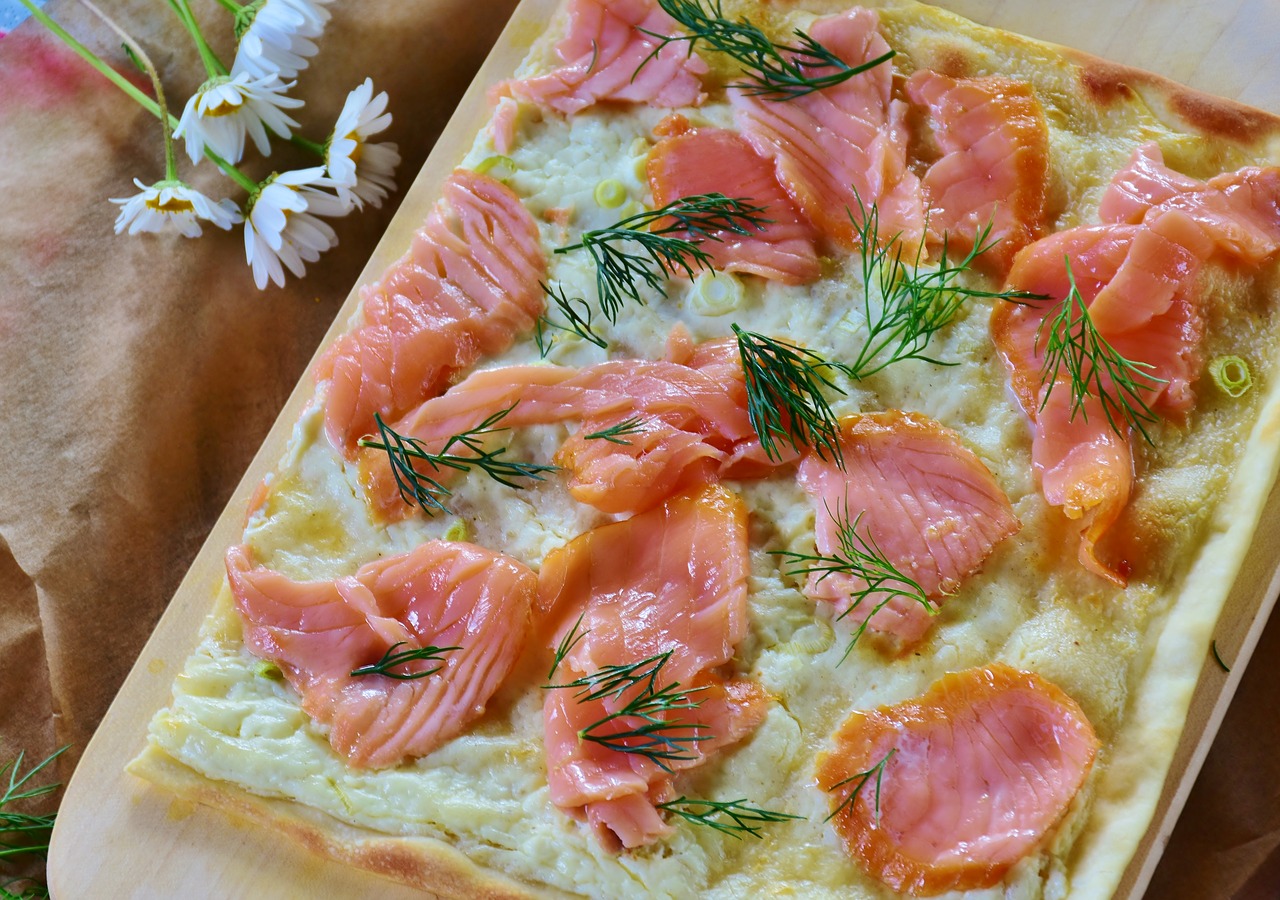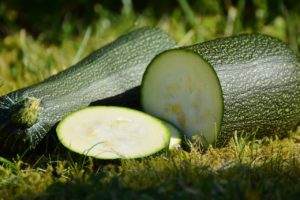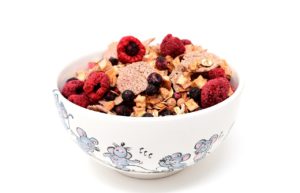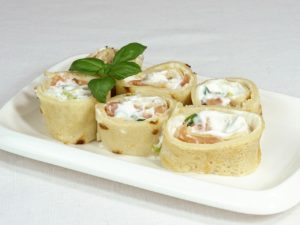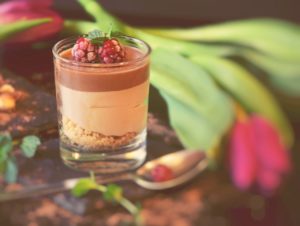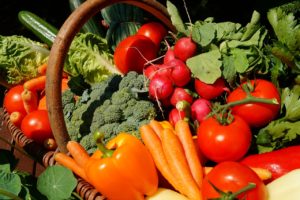Looking for healthy, inexpensive and versatile ways to add more protein into your diet?
Why not consider dried beans?
Dried beans, also known as legumes and pulses, are not only a great source of protein, but are low in fat, packed with vitamins, minerals and both soluble and insoluble fiber.
Ask any vegetarian how they get enough protein in their diet and they probably will say “I eat a lot of beans”.
I decided to become a vegetarian as a small child and my parents (who were not vegetarians by the way) worried that I would be lacking in the protein necessary for growth. So, after consulting with my pediatrician and many books on raising vegetarian children, they added beans and lentils to the family table. Not only did I grow, but I am the tallest woman in my family, an enormous 5 feet 5 inches tall. Yea, well, my family is not famous for its tall women ?
Protein, Fiber, Vitamins and Minerals
Ok, ok, back to the beans. Beans are an excellent, non-fat source of protein. Just one cup of beans has about 16 grams, about the same as 3 ounces (audio cassette size) piece of chicken, fish or beef.
Because they are a plant, they contain fiber, vitamins and minerals like vegetables. Nutritionists refer to them as “crossover foods” which means they can be used in a meal as a protein or vegetable item. Take a look at the cuisines of different countries and cultures. You will notice that most cultures include beans, prepared in many different ways. Such a versatile food!
Another unique quality of beans is the fiber. Beans contain both soluble and insoluble fiber. Huh? What does this mean?
Insoluble fiber is the technical term for what my Mom always referred to as “roughage”. You know.. the stuff that makes food move through your body more easily. Insoluble fiber has received a lot of publicity in recent years because of the link to a high fiber diet and lowered risk of several types of cancer.
Soluble fiber forms a “gooey” substance in the digestive process that helps with processing of fats, cholesterol and slows the release of carbohydrates into the bloodstream. The American Diabetic Association loves beans!
Beans are rich in antioxidants, folic acid, vitamin B-6 and magnesium. Folic Acid and B-6 are known for their ability to lower homocysteine levels in the blood.
Elevated blood levels of homocysteine in the blood are associated with risk for heart attack, stroke and peripheral vascular disease. 20-40 percent of patients with heart disease have elevated homocysteine levels.
So, what’s the downside of this wonderful food? If you are not used to a high fiber diet….flatulence. As with the introduction of any high fiber food, go easy with the amounts the first few days until your body adjusts. Then any uncomfortable feeling will probably pass.
How to Cook
You can use canned beans which are nutritionally similar to dried ones. It’s a good idea to rinse the beans before eating them to remove the salt and preservatives used in canning.
I tend to try and avoid processed foods where possible so I buy dried beans and cook them following the instructions on the package. Generally, beans are not complicated to cook, but require time. Most beans, except lentils, require an overnight soak in water to soften them up. Then they can be simmered until soft on the stove or in a slow cooker. Generally, the bigger the bean, the longer they take to cook. One thing to note: after soaking, rinse the beans and cook them in new water. This will help prevent flatulence!
Beans can be frozen after cooking and used in sauces, soups, salads or anywhere your imagination takes you. Where I live, red bean ice cream is popular. Delicious!

